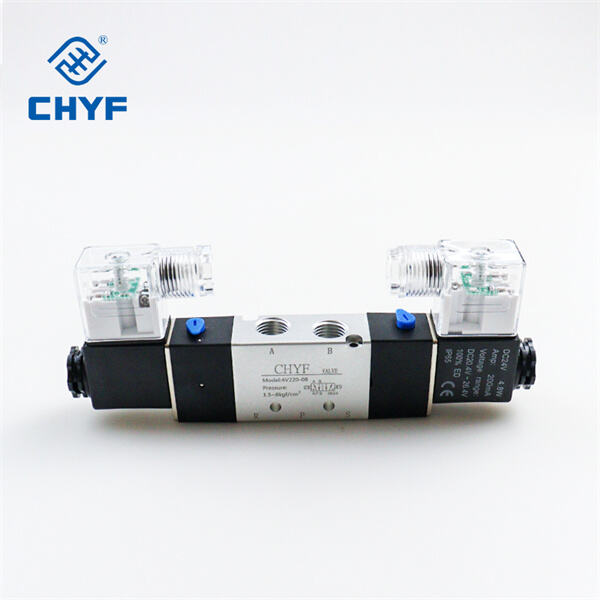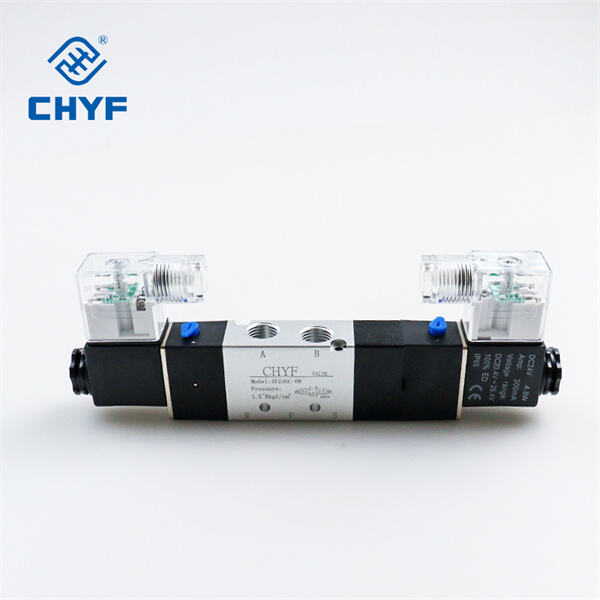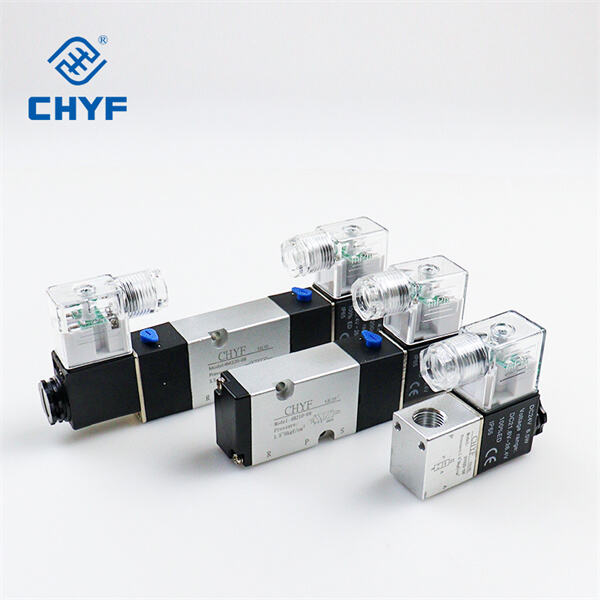Tel: +86-577 61727673
Email: [email protected]
Tel: +86-577 61727673
Email: [email protected]
Proportional solenoid valves are unique valves because they can control the rate of fluid flow through them. This allows them to control the passage of fluids or gases with extraordinary precision. Knowing what a proportional solenoid valve is all about can help us learn how it works and why it’s integral to the systems that use it.
How do these valves work? So, a solenoid is just a coil of wire that produces a magnetic field when electricty is passed through it. A magnetic force produced by a current flowing through the coil causes movement of a metallic rod inside the valve. This motion is responsible for opening or closing the valve and thereby blocking or allowing fluid flow.
Proportional solenoid valves are transforming fluid control as they are able to vary the flow of liquid or gas in proportion to the electrical input to the solenoid. That means with these valves, we can make sure we have very fine control over how much fluid is flowing through a system. This fine-tuning can be very handy in industrial environments where precision is key.

There are many advantages to using a proportional solenoid valve in industrial applications. Well, for one thing they give us a better control of liquids, and that can be good for a system. And they can react very promptly to variation in the input signals, so that they are extremely suited to adaptation to various running conditions. Also, proportional solenoid valves are also appreciated for their robustness and long service life, which are particularly important properties in an industrial context where time out of order can be expensive.

Examining the mechanics of proportional solenoid valves can give us clues as to why these components are so effective. These controls of the flow rate are achieved by means of sophisticated electronic circuts of the fluid controlling valves that adjust the flow of fluids in such way that the desired flow rate is kept. The valves can also be programmed to control the way they behave in response to variations in conditions, so they’re quite versatile. Some proportional solenoid valves are even equipped with feedback so that they are self-operating for precise movement optimization.

Maintaining and diagnosing a proportional solenoid valve is essential to keep it working efficiently and effectively. Cleaning or check the valve regularly as it’s clogging or other interference may disrupt its operation. If the valve is not operating properly, the electrical connections should be checked, and the proper input signals should be verified. Dealing with any issues early can stop expensive repairs later on. Bear this in mind: a proportional solenoid valve maintained well can run for a long time smoothly and reliabily.